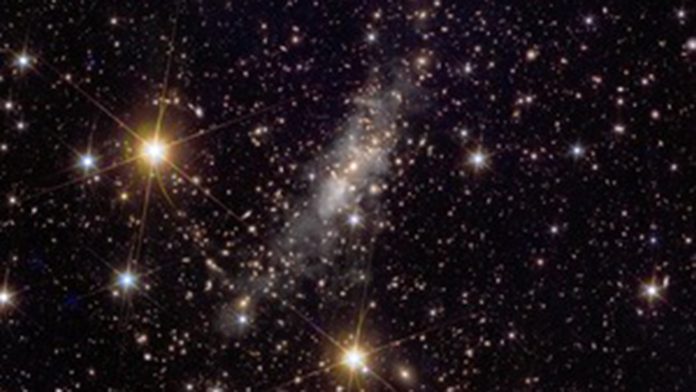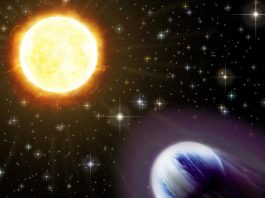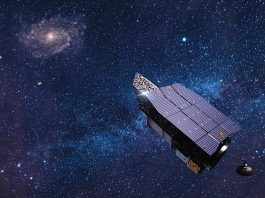A ‘treasure trove’ of data, including papers authored by UK scientists, has been released from the Euclid space telescope alongside the largest images of the Universe ever taken from space.
The European Space Agency’s Euclid mission launched in July 2023 to map the ‘dark Universe’.
This involves observing two billion galaxies to create a 3D map of the Universe and gathering data on how its structure has formed over its cosmic history.
The images and papers released today represent early findings—from only 24 hours of observations—giving a glimpse into Euclid’s power to hunt for new planets, study dark matter, and answer fundamental questions.
What has the Euclid mission found a year on from its launch?
The scientific papers include one by Professor Mark Cropper from UCL Mullard Space Science Laboratory, which gives an overview of Euclid’s VIS optical camera.
It’s one of the largest ever sent into space and is supported by £20m of UK Space Agency funding.
He explained: “The VIS camera we developed will not only contribute beautiful images but help us answer fundamental questions about the role of dark energy and dark matter in the evolution of the Universe.”
Another paper from Professor Nina Hatch at the University of Nottingham, examines a group of galaxies known as the Perseus Cluster.
It’s a key target for research as galaxy clusters like this can only be formed with the presence of dark matter.
“Euclid’s images of the Perseus cluster revealed a faint glow between the galaxies, known as intracluster light,” said Professor Nina Hatch.
“This light can help us map dark matter if we understand where the intracluster stars came from.
“Our work supports the Euclid mission to understand dark energy and dark matter, especially in forming structures like the Perseus cluster.”
The Euclid Science Ground Segment
In addition to the VIS instrument, the UK is also playing a major role in the Euclid Science Ground Segment, which processes the data returned from the telescope into science ready products.
A consortium of UK universities led by the University of Edinburgh provides the weak lensing data processing pipelines, a critical element of the mission’s science.
Professor Andy Taylor from the University of Edinburgh, who leads the UK’s Euclid data analysis team and the Euclid gravitational lensing data analysis, said: “The image of the galaxy cluster, Abell 2390, is a spectacular demonstration of Euclid’s ability to carry out the highest quality gravitational lensing survey we had hoped for.”









